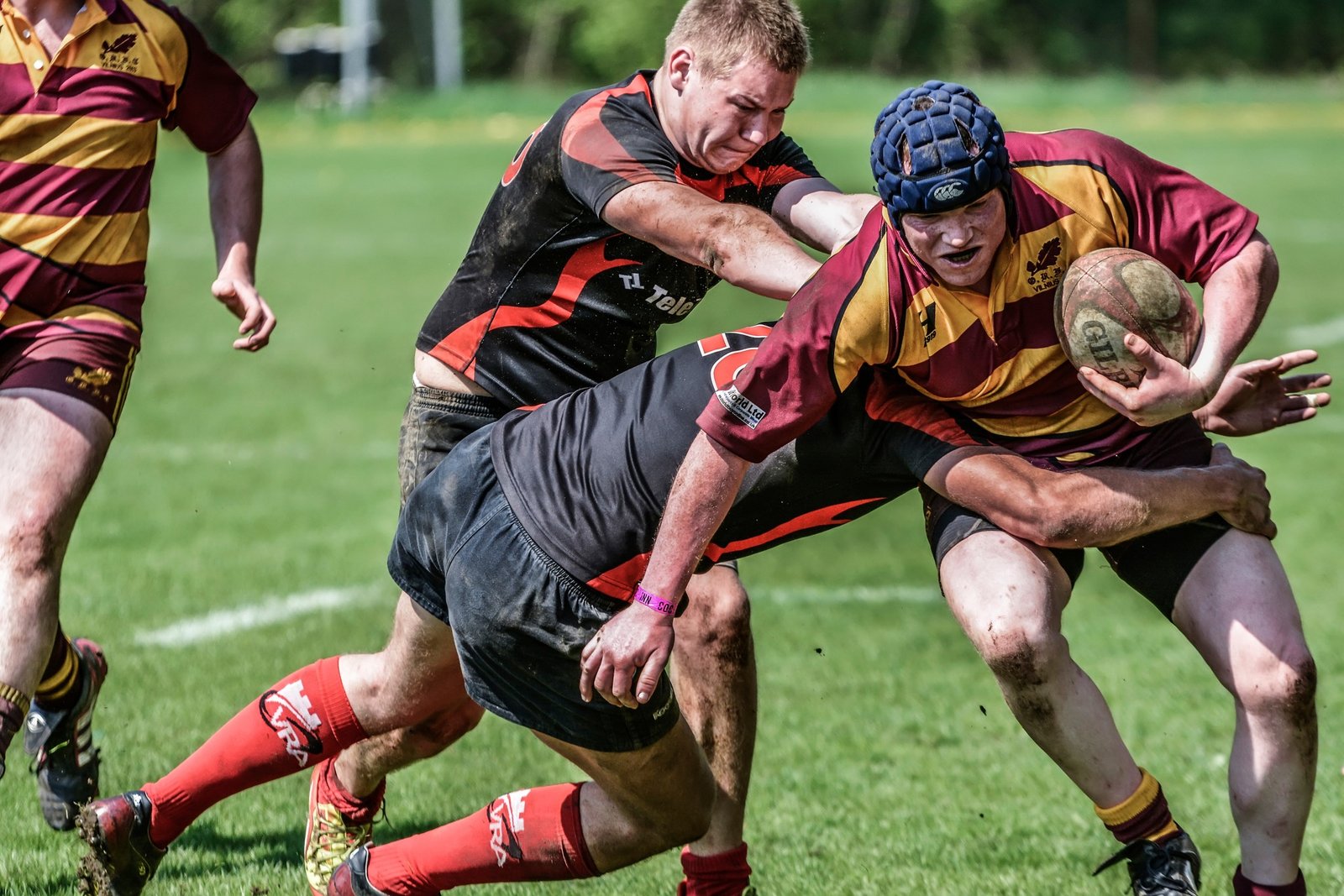
Capturing dynamic sports photography is both thrilling and challenging. The energy, motion, and intensity of sports create incredible opportunities to tell powerful visual stories, but freezing the action at the perfect moment takes practice, preparation, and technique. Whether you’re photographing amateur soccer games, professional basketball matches, or even extreme sports, mastering these skills will help you create images worthy of magazines, galleries, and impressive stock photo portfolios.
Understand Your Sport
Before you step onto the field, court, or rink, take time to thoroughly understand the sport you’re capturing. Knowing the rules, positions, and flow of the game will allow you to anticipate crucial moments, dramatically improving your timing and composition. Watch the sport on TV, study professional photographers’ work, and familiarize yourself with key players and strategies. The better you know the sport, the easier it will be to predict pivotal action.
Gear Up for Speed
Dynamic sports photography demands equipment that can keep up with fast-moving action. A camera with a high frame rate (frames per second) is essential, allowing you to capture rapid bursts of images and select the perfect moment from the sequence. DSLRs and mirrorless cameras with excellent autofocus tracking are ideal. Pair your camera with a telephoto lens (typically between 70-200mm or 300mm for most sports) to zoom close to the action while maintaining sharp detail.
Remember, sports often happen in challenging lighting conditions. A lens with a wide maximum aperture (like f/2.8) will help you maintain a fast shutter speed even in dimly lit environments, preventing motion blur.
Master the Art of Freezing Motion
Freezing action is the hallmark of professional sports photography. To achieve crystal-clear images of athletes mid-motion, you’ll need a fast shutter speed. For most sports, aim for at least 1/1000th of a second. Fast-moving sports like motor racing, hockey, or soccer may require even higher shutter speeds (1/2000th or more).
Adjust your ISO settings accordingly to maintain correct exposure at these speeds. Higher ISOs might introduce some grain, but capturing sharp action is often more important than pixel-perfect clarity.
Capture the Emotion
Great sports photography is about more than just action; it’s about emotion. Moments of triumph, exhaustion, defeat, and celebration are just as compelling as athletic feats. Keep your lens trained on athletes’ faces to capture expressions that tell the story beyond the scoreboard. Stock photo buyers often seek images rich in genuine emotional depth, making these shots especially valuable.
Position Yourself Strategically
Where you position yourself is critical in sports photography. Arrive early to secure spots offering clear views and uncluttered backgrounds. Look for angles where the action will naturally come towards you. Getting low and shooting upward can exaggerate the drama and intensity of movements, making athletes appear larger than life.
Experiment with different vantage points—behind the goals, near the sidelines, or from elevated positions—to find unique perspectives that stand out.
Continuous Autofocus is Your Friend
Continuous autofocus (AF-C) mode is indispensable for sports photography. Your camera will constantly adjust focus as subjects move, helping you achieve sharp images even in the most chaotic situations. Pair AF-C with tracking modes (often labeled as “sports mode” or “tracking mode” in your camera settings) to keep focus locked on moving athletes.
Utilize Burst Mode Effectively
Burst or continuous shooting mode lets you capture multiple shots per second, increasing your odds of catching that perfect peak moment—like a touchdown catch, a basketball dunk, or a soccer goal. However, be mindful of buffer rates; higher-end cameras handle continuous shooting more effectively, allowing more sustained bursts before buffering slows down your shooting.
Consider the Background
The background of sports photos can greatly enhance or detract from the image. Aim for backgrounds that add context without distracting from the athlete. Blurred backgrounds (achieved with wider apertures and telephoto lenses) isolate your subject, drawing attention directly to the action.
Experiment with Creative Techniques
Once you’ve mastered the basics, experiment with creative techniques like panning (tracking a moving subject with a slower shutter speed to create intentional motion blur), silhouette shots against bright backgrounds, or unique lighting conditions (e.g., shooting during golden hour or night games with stadium lights). These techniques can result in striking and artistic sports images that go beyond conventional captures.
Leverage Stock Photos for Inspiration and Income
High-quality stock photos of sports action are always in demand for advertising, media, and editorial use. Reviewing successful sports stock photography can offer inspiration and practical insight into composition, timing, and popular themes. Creating your own dynamic sports images not only sharpens your skills but can also generate income when licensed through stock photography websites.
Final Thoughts
Capturing compelling sports photography requires preparation, technical know-how, and creative instinct. By mastering fast shutter speeds, continuous autofocus, strategic positioning, and emotional storytelling, you’ll freeze action-packed moments with professional flair. Whether you’re building a portfolio, capturing memories, or shooting images for stock photo buyers, the excitement and challenge of sports photography make it an endlessly rewarding pursuit.



